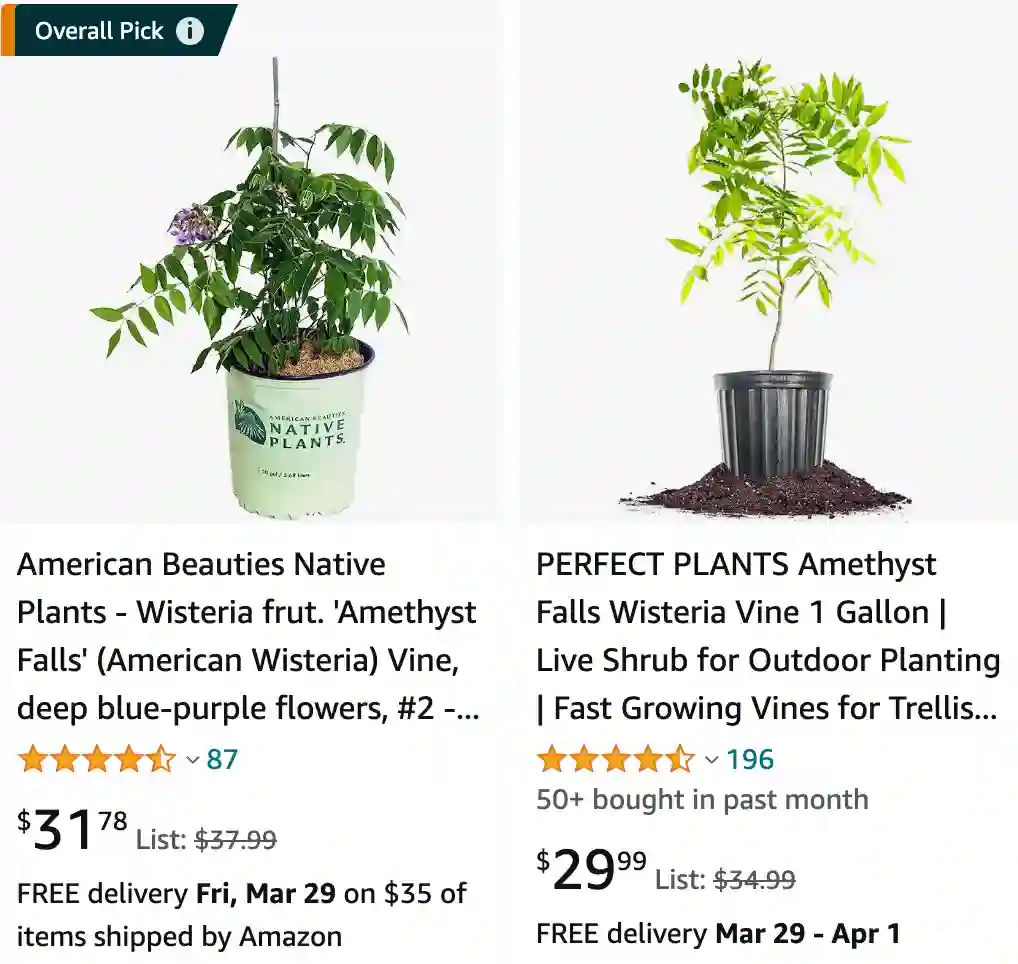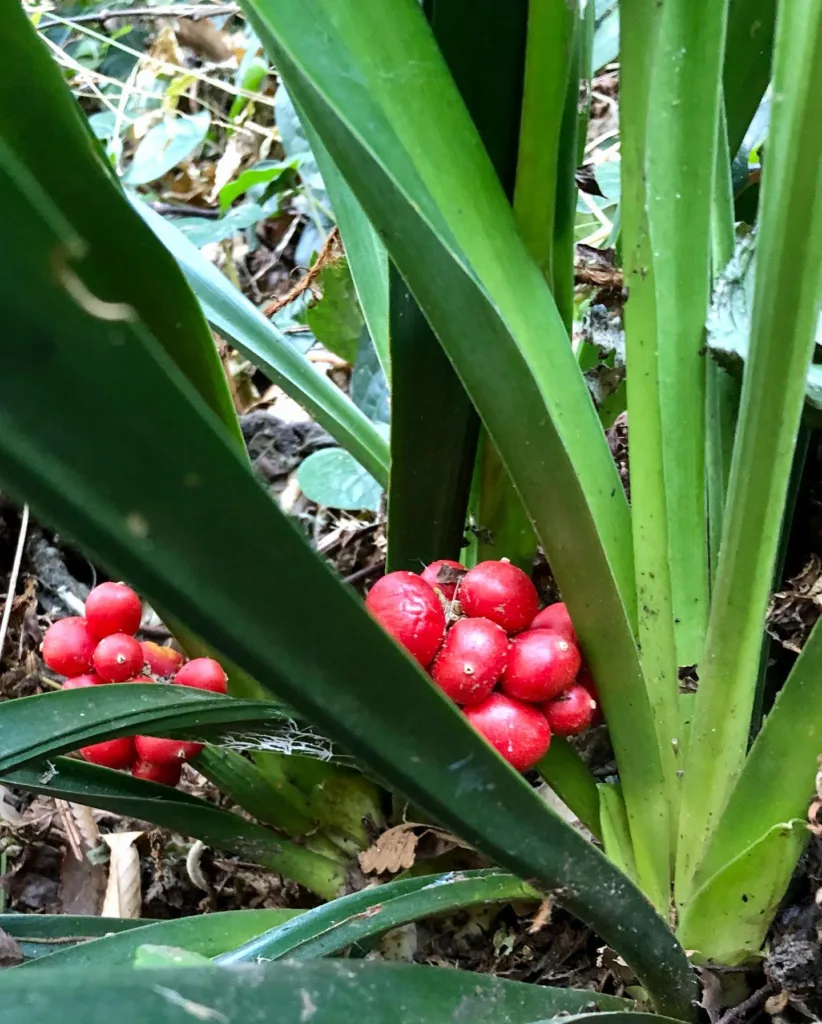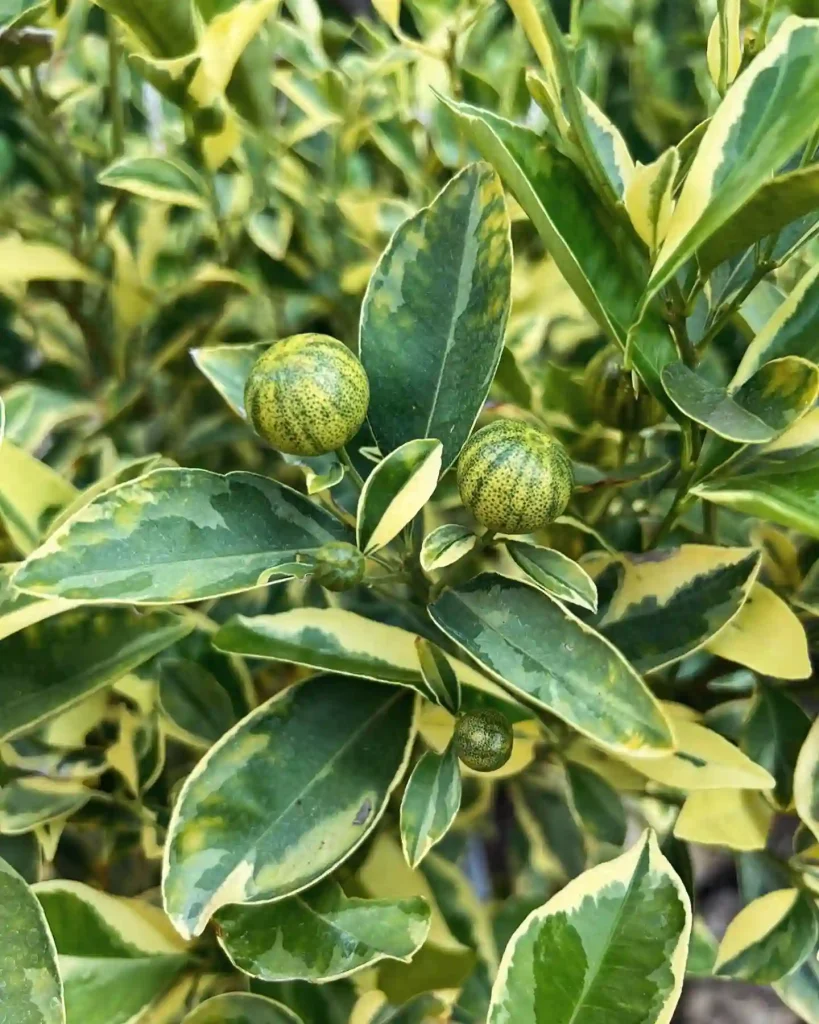
Amethyst Falls Wisteria vs Chinese Wisteria
Sure, I’ve had both Amethyst Falls and Chinese Wisteria in my garden. Amethyst Falls has been a favorite for its compact size and cascading clusters of purple flowers, which bloom earlier than the Chinese variety, making it a charming addition to my pergola. The Chinese Wisteria, while more vigorous in growth and impressive in bloom size, requires careful pruning to prevent it from overtaking other plants—it’s stunning when in full bloom but needs a bit more maintenance.
4 Species in Genus Wisteria
Is amethyst falls wisteria invasive?
Amethyst Falls wisteria is a cultivar of wisteria that is less invasive than its Asian counterparts, such as Chinese and Japanese wisteria. While it still requires some attention to prevent it from spreading aggressively, it’s generally considered to be less invasive and more manageable in garden settings.
How fast does amethyst falls wisteria grow?
Amethyst Falls wisteria grows at a moderate pace, typically reaching heights of around 10 to 15 feet and spreading up to 6 to 8 feet wide over several years. Its growth rate may vary depending on factors such as soil quality, sunlight exposure, and pruning practices.
How to care for amethyst falls wisteria?
Caring for Amethyst Falls wisteria involves providing it with the right growing conditions to thrive. It prefers full sun to partial shade and well-draining soil with regular moisture. Pruning is essential to maintain its shape, promote flowering, and prevent it from becoming too unruly. Water the plant regularly, especially during periods of drought, and fertilize it in the spring to encourage healthy growth and flowering.
Is amethyst falls wisteria fragrant?
Yes, Amethyst Falls wisteria is fragrant, producing clusters of beautiful, lavender-blue flowers that emit a sweet fragrance reminiscent of grape soda. Its fragrant blooms attract pollinators like bees and butterflies, adding to its charm and appeal in the garden.
Is amethyst falls wisteria poisonous?
Amethyst Falls wisteria is not considered poisonous to humans, pets, or livestock. However, all parts of the plant contain toxins that can cause mild gastrointestinal upset if ingested, so it’s best to avoid consuming any part of the plant.
When does amethyst falls wisteria bloom?
Amethyst Falls wisteria typically blooms in late spring to early summer, usually around May or June, depending on your climate and growing conditions. The flowers emerge before the foliage, forming cascading clusters of fragrant blossoms that are a sight to behold.
How to grow amethyst falls wisteria?
Growing Amethyst Falls wisteria is relatively straightforward, but it requires the right conditions to thrive. Plant it in a location with full sun to partial shade and well-draining soil. Provide support for it to climb, such as a trellis or pergola, and water it regularly during the growing season. Prune the plant as needed to maintain its shape and promote flowering.
Does amethyst falls wisteria need to be deadheaded?
Deadheading Amethyst Falls wisteria is not necessary, but removing spent flowers can encourage the plant to produce more blooms and prolong the flowering period. Simply snip off the faded flowers as they begin to wilt, taking care not to damage the surrounding foliage.
Does amethyst falls wisteria tree attracts butterflies?
Amethyst Falls wisteria is known to attract butterflies with its fragrant blooms and nectar-rich flowers. Planting it in your garden can help support local butterfly populations and provide them with a valuable food source.
How to prune amethyst falls wisteria?
Pruning Amethyst Falls wisteria is essential to maintain its shape, promote flowering, and prevent it from becoming too unruly. Prune the plant in late winter or early spring while it’s still dormant, removing any dead or damaged growth and shaping it to encourage airflow and light penetration. Additionally, prune after flowering to control its size and remove any spent blossoms.
How to train amethyst falls wisteria?
Training Amethyst Falls wisteria involves guiding its growth to create the desired shape and structure. Use stakes, trellises, or other support structures to encourage the plant to climb and develop a vertical habit. Regular pruning can also help train the plant and promote healthy growth.
Is amethyst falls wisteria evergreen?
Amethyst Falls wisteria is not evergreen and typically loses its leaves in the fall, entering a period of dormancy during the winter months. However, it regrows foliage in the spring and produces new growth throughout the growing season.
When to plant amethyst falls wisteria?
Plant Amethyst Falls wisteria in the spring or early summer, once the threat of frost has passed and the soil has warmed up. This allows the plant to establish its roots and acclimate to its new environment before winter.
When to prune amethyst falls wisteria?
Prune Amethyst Falls wisteria in late winter or early spring while it’s still dormant. This allows you to remove any dead or damaged growth, shape the plant, and promote flowering without interfering with the plant’s growth cycle. Additionally, prune after flowering to control its size and shape and remove any spent blossoms.
If i die, water my plants!

